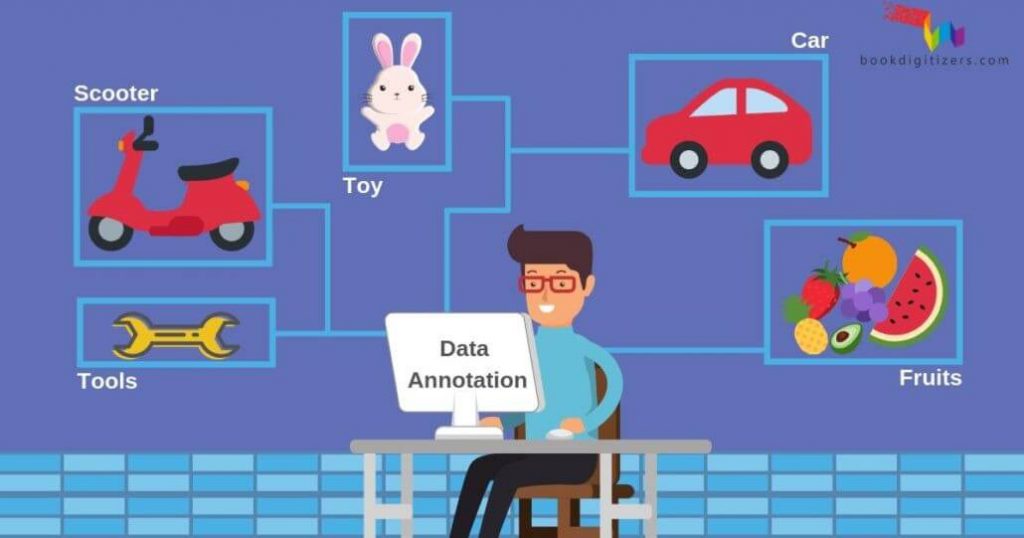You know that predictive analytics can help guide your decision-making to improve efficiency, identify opportunities, and mitigate risk. However, navigating this process requires more than just algorithms and data; it demands a nuanced understanding of best practices that ensure accurate predictions and actionable insights.
Here we delve into the key best practices that underpin successful predictive analytics to help your business harness the full potential of their data.
Define Clear Objectives
Before embarking on a predictive analytics journey, it’s imperative to define clear objectives. What problem are you trying to solve? What outcomes do you want to predict? Establishing concrete goals guides the entire process, ensuring that efforts are focused on delivering actionable insights.
Gather Quality Data
The quality of predictions hinges on the quality of data. Ensure that your data is accurate, relevant, and comprehensive. Data preprocessing, including cleaning, normalization, and handling missing values, is essential to ensure that the model receives reliable inputs.
Understand Your Data
A deep understanding of your data is critical. Explore patterns, distributions, and relationships within the dataset. This exploration can uncover hidden insights and anomalies that might impact the accuracy of predictions.
Conduct Feature Selection and Engineering
Feature selection involves identifying the most relevant variables for prediction. Feature engineering goes a step further, transforming existing features or creating new ones to improve model performance. The right features enhance a model’s ability to make accurate predictions.
Choose the Right Algorithm
Selecting the appropriate algorithm is the cornerstone of successful predictive analytics. Different algorithms excel in different scenarios. Linear regression is ideal for linear relationships, while decision trees capture nonlinear patterns. Choose the algorithm that aligns with your data and problem.
Split Data for Training and Testing
Divide your dataset into training and testing sets. The training set is used to train the model, while the testing set evaluates its performance. This prevents overfitting – a situation where the model performs well on the training data but poorly on new, unseen data.
Conduct Cross-Validation for Robustness
Cross-validation is a technique that assesses a model’s performance across multiple iterations. This ensures that the model’s predictive ability holds consistently across different subsets of the data. Common methods include k-fold and leave-one-out cross-validation.
Employ Regularization for Complexity Control
As models grow in complexity, there’s a risk of overfitting. Regularization techniques like L1 and L2 regularization control model complexity by penalizing large coefficients. This ensures that the model generalizes well to new data.
Choose Model Evaluation Metrics
Choose appropriate metrics to evaluate model performance. For classification tasks, metrics like accuracy, precision, recall, and F1-score are common. For regression tasks, metrics include mean squared error and R-squared.
Consider Ensemble Techniques
Ensemble techniques combine multiple models to enhance accuracy and robustness. Methods like bagging and boosting leverage the strength of different models to produce more accurate predictions.
Strive for Interpretability
Understanding how a model arrives at its predictions is crucial, especially in industries with regulatory requirements. Models like decision trees are inherently interpretable, while others like deep neural networks might require additional techniques for interpretation.
Continually Learn and Update Models
Predictive analytics is not a one-time endeavor. As new data becomes available, models should be updated and refined. This ensures that predictions remain accurate and relevant in a dynamic environment.
Address Bias and Ethics
Predictive models can inadvertently perpetuate biases present in the data. It’s essential to address these biases and ensure the ethical use of predictive analytics. Regularly audit models for fairness and equity.
Collaborate Across Disciplines
Predictive analytics is a multidisciplinary endeavor. Collaboration between data scientists, domain experts, and stakeholders ensures that the model reflects both data nuances and real-world implications.
Communicate Results Effectively
The insights derived from predictive analytics must be communicated effectively to stakeholders. Visualizations, reports, and dashboards help convey complex information in an understandable manner.
Predictive analytics isn’t a mere tool; it’s a transformative approach that empowers organizations to anticipate the future and make informed decisions. By adhering to these best practices, your business can harness the full potential of its data, unlocking insights that drive growth, innovation, and competitive advantage. From data quality and algorithm selection to interpretability and ongoing learning, each practice plays a pivotal role in shaping accurate predictions and actionable insights. As the data landscape continues to evolve, mastering predictive analytics can equip your business with a strategic edge, guiding you toward success in this dynamic and data-driven world.
Follow Techdee for more!
